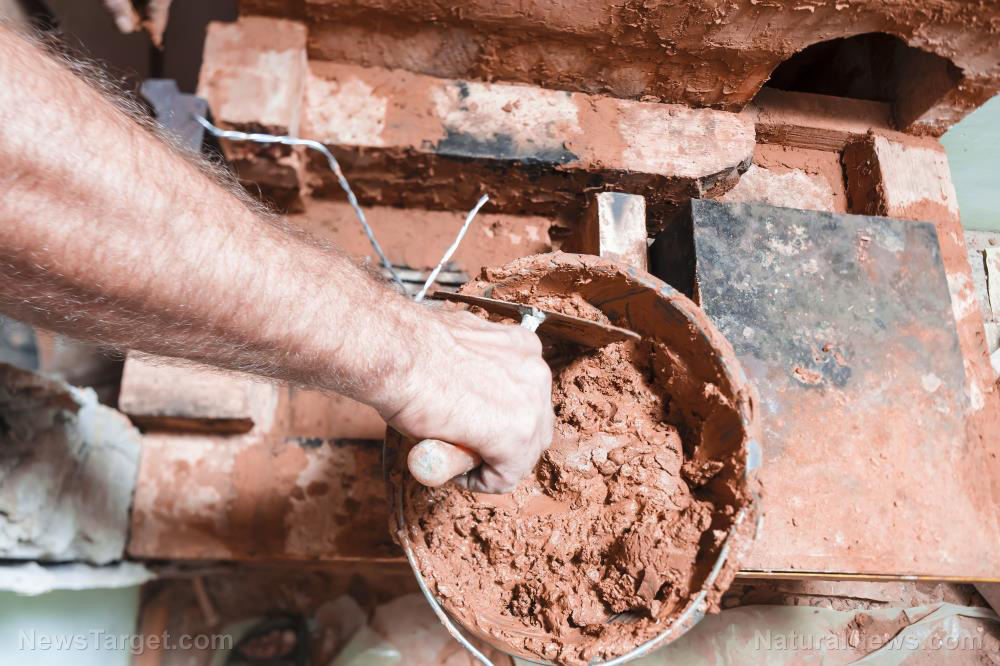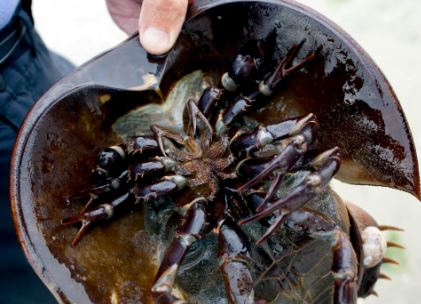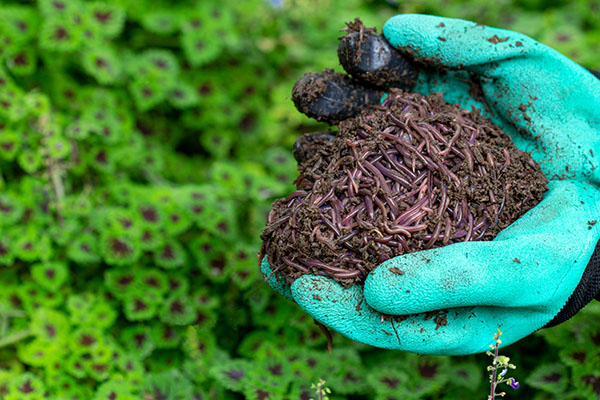
Concrete is the most used material on Earth after water, at a rate of three metric tons per year per person. Cement, which is the primary component of concrete, is the oldest artificial construction material that dates back to the Roman Empire.
Cement and concrete have changed little over the years. Now scientists looking to improve on them are seeking inspiration from natural processes such as how coral polyps build reefs.
Materials scientist Wil Srubar, heald of the Living Materials Laboratory at the University of Colorado Boulder said: "We want to blur the boundaries between the natural world and the built environment, between what is nonliving and what is living, and create a material that displays both structural and biological functions."
The team of researchers started their experiment using sand, gelatin and photosynthetic bacteria that are widespread in ocean surface waters. The gelatin retained moisture and nutrients for the bacteria in a process that is similar to how seashells form.
The resulting material from the experiments was as strong as typical cement-based mortars. "I have a small cube of the material on my desk that is 2 inches across that I can stand on," said Srubar.
Amazingly enough, not only is the material alive, but it can also reproduce. When researchers halve the bricks, bacteria can help grow them into two complete bricks when supplied with more sand and gelatin. So instead of manufacturing bricks one by one, researchers can "grow" them.
Srubar also previously worked with gelatin and suggested using it to strengthen the material built by the cyanobacteria. The researchers used off-the-shelf gelatin from their local supermarket and dissolved it in the solution with the bacteria.
They then poured the mixture into molds and then cooled it off. The resulting gelatin provided more structure for and worked with the bacteria to help the living concrete grow faster and stronger.
The team is currently exploring the idea of exponential manufacturing. A major advantage of this new material is that the process is oriented around the bacteria – they can build the concrete, and stay alive to make more later on.
Andrea Hamilton, a concrete expert at the University of Strathclyde in Glasgow, Scotland, said that this new living concrete "represents a new and exciting class of low-carbon, designer construction materials."
This is not the first time science incorporated living things in construction. Previous research used bacteria to repair cracks in concrete. One challenge that the scientists face is that fact the material needs completely dry out to reach maximum strength, but the dry environment stresses out the bacteria. To ensure that the microbes remain alive, the researchers have to control the humidity of the environment.
LBMs, the future of construction
The Department of Defense is interested in using the technology for these living building materials (LBMs) to help construction in remote areas. "Out in the desert, you don’t want to have to truck in lots of materials," Srubar said.
The blocks can be made from a variety of materials such as sand, waste materials, and even recycled concrete.
The research team is working to make the materials more practical by making sure that the concrete is stronger. They also have to make sure that the bacteria can resist dehydration and reconfigure materials so that they can be flat-packed and easily assembled.
Srubar said synthetic biology could expand the realm of possibilities such as building materials that can detect and respond to toxic chemicals, or reveal structural damage.
It may even help in even harsher environments, or other planets, such as Mars.
"There’s no way we’re going to carry building materials to space," Srubar told the New York Times. "We’ll bring biology with us."
Read more breakthroughs and experiments at FutureScienceNews.com
Sources include:
Please contact us for more information.























